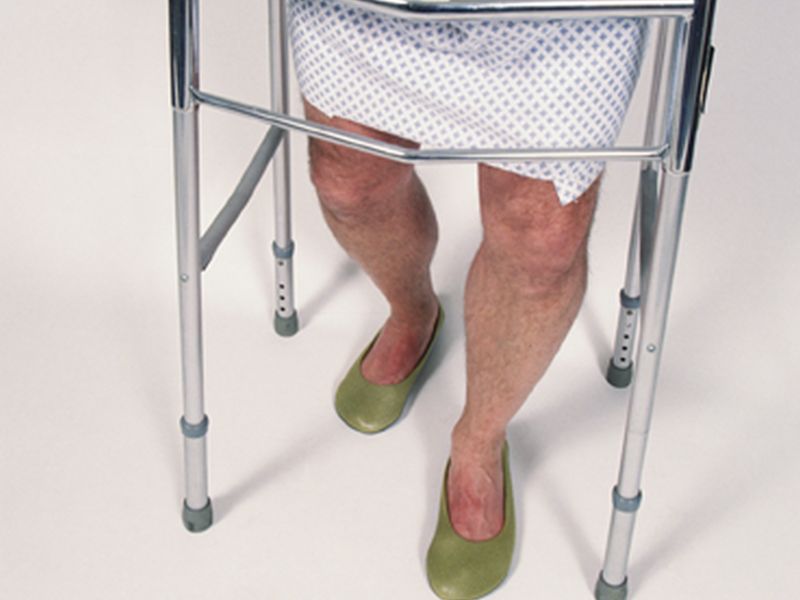
THURSDAY, March 8, 2018 -- Falls by older Americans have devastating medical and economic consequences, reaching $50 billion a year, a new study finds.
"Falls among men and women 65 and older are a common, costly and growing public health problem," said lead researcher Curtis Florence, a health economist with the U.S. Centers for Disease Control and Prevention.
And as American "baby boomers" continue to age, strategies for keeping them fracture-free will become increasingly important, he said.
Related
In 2015, payments for nonfatal falls cost Medicare nearly $29 billion and Medicaid $8.7 billion, while private and other payers laid out $12 billion, according to the report.
Medical costs for fatal falls accounted for more than $750 million.
In the United States, about 3 out of 10 adults aged 65 and older fall each year, the researchers said in background notes.
Beyond the financial toll, these mishaps can be individually devastating, said Dr. Maria Torroella Carney.
Falls can trigger the start of a senior's decline, leading to more care, and often a stay in a nursing home or long-term care center, said Carney, chief of geriatric medicine at Northwell Health in New Hyde Park, N.Y.
Injuries from falls are also linked to loss of function and independence and to death, she added.
Women who fall tend to suffer hip fractures, while men are more likely to incur head and brain injuries, Carney said. She wasn't involved in the study.
With about 10,000 Americans turning 65 every day, more falls are likely, with ever rising costs, Florence said.
For the study, Florence and colleagues used population data on seniors 65 and up from the National Vital Statistics System. Cost estimates came from the web-based Injury Statistics Query and Reporting System for fatal falls and the Medicare Current Beneficiaries Survey for nonfatal falls.
Those hospitalized for falls were more likely to be women, white, older and poor, the researchers found.
Based on current estimates, falls could jump from about 29 million in 2014 to around 49 million in 2030, Florence said.
"If we don't prevent older adult falls now, we can expect the already large economic burden to increase," he said.
Falls aren't inevitable, Florence stressed. Programs that identify and manage risks have been shown to reduce falls by 24 percent, he noted.
Carney agreed that falls are preventable.
"We tend to think that we can't do anything about falls," she said.
But doctors can assess a patient's likelihood of falling and work with patients to lower the risk, Carney said.
Such steps include reviewing a patient's medications to identify those likely to cause weakness or dizziness, which can lead to falls.
In particular, blood pressure and diabetes medications need monitoring. When blood pressure or blood sugar dips too low, lightheadedness can occur and cause a fall, Carney said.
Older people who are weak or unsteady on their feet or need assistance in daily living tasks are probably the most vulnerable to falls, she suggested. They may need some assistance from family members.
Here are some other ways to prevent falls:
- "Healthier patients can focus on exercise, healthy living and strengthening muscles," Carney said. "Patients who have balance issues should use canes."
- Have regular vision and hearing exams, and update glasses, experts said.
- Simple modifications in the home can also help you avoid missteps. These include removing tripping hazards, improving lighting and installing railings on stairs and grab bars in bathrooms.
The report was published March 7 in the Journal of the American Geriatrics Society.
More information
For tips on preventing falls, visit the National Council on Aging.
Copyright © 2018 HealthDay. All rights reserved.














